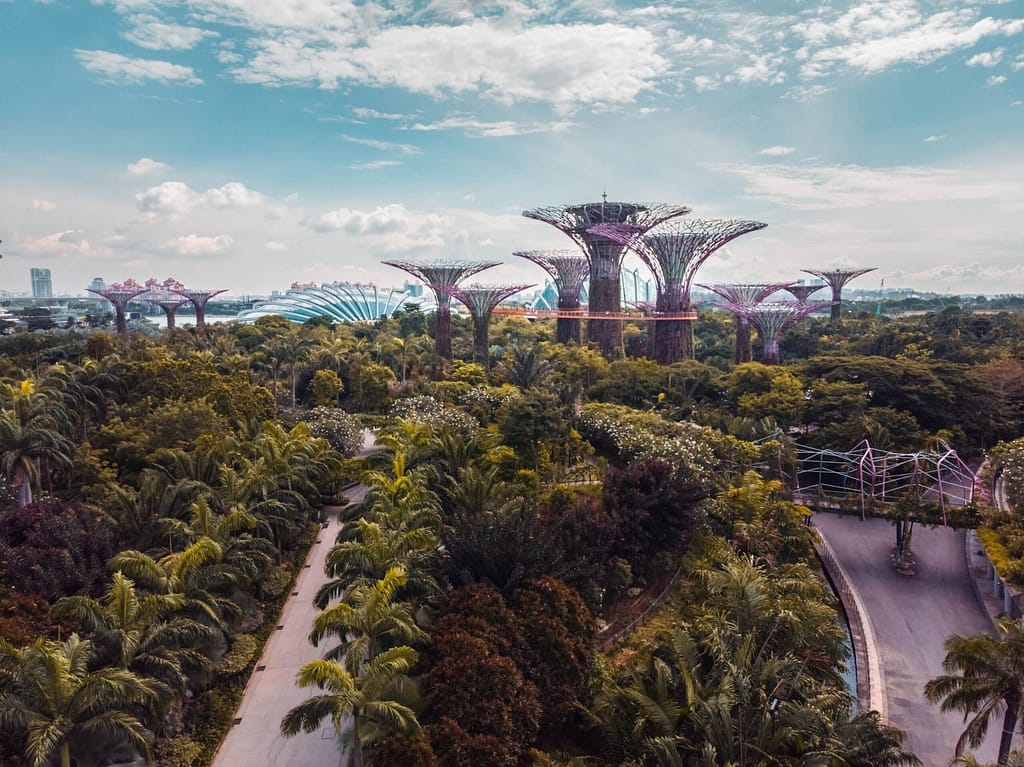Welcome to the Association of Southeast Asian Nations, better known as ASEAN! This regional organization, consisting of ten member countries, is a powerhouse in the making. In this blog post, we will dive into what ASEAN is, why it exists, and why it holds the key to a prosperous future for Southeast Asia.
What is ASEAN?
ASEAN was established on August 8, 1967, with the signing of the Bangkok Declaration by Indonesia, Malaysia, Philippines, Singapore, and Thailand. Over the years, Brunei, Cambodia, Laos, Myanmar, and Vietnam joined, making it a dynamic community of diverse nations.
ASEAN aims to promote regional cooperation in various areas, including economic growth, social progress, cultural development, and peace and stability. It serves as a platform for member countries to collaborate, discuss common issues, and work towards shared goals.
What Does ASEAN Do?
ASEAN exists to foster unity and solidarity among Southeast Asian nations. It was born out of a desire to promote peace, stability, and economic progress in the region. By working together, member countries can address common challenges, such as poverty, inequality, and regional security.
ASEAN also serves as a bridge between major global powers, providing a platform for dialogue and cooperation. It allows Southeast Asian countries to have a collective voice on the world stage, ensuring their interests are taken into account in international affairs.
The Prosperous Future of ASEAN
ASEAN’s future looks incredibly promising for several reasons:
- Economic Growth: ASEAN has a combined GDP of over $3 trillion, making it the fifth-largest economy in the world. With a rapidly growing middle class and a youthful population, the region offers immense market potential. ASEAN’s commitment to economic integration through initiatives like the ASEAN Economic Community (AEC) further enhances its competitiveness.
- Trade and Investment: ASEAN is a major player in global trade, with numerous free trade agreements in place. The region’s strategic location and well-developed infrastructure make it an attractive destination for foreign investors. ASEAN’s focus on enhancing connectivity and digital innovation will further boost trade and investment opportunities.
- Cultural Diversity: ASEAN’s rich cultural heritage and diversity are invaluable assets. By celebrating and preserving their unique traditions, member countries can attract tourists and promote cultural exchange. This contributes to the region’s overall growth and fosters greater understanding and cooperation among nations.
ASEAN’s commitment to regional peace and stability is another crucial factor in its prosperous future. Through dialogue, diplomacy, and cooperation, member countries can address security challenges effectively. ASEAN’s role in facilitating peaceful resolutions and building trust among nations is vital for the region’s continued growth and development.
In conclusion, ASEAN is not just an organization; it is a beacon of hope for Southeast Asia. With its focus on unity, cooperation, and economic progress, ASEAN is poised to unlock a prosperous future for the region. By harnessing its collective strength and embracing its diversity, ASEAN is paving the way for a brighter tomorrow.
*image from freepik.com


